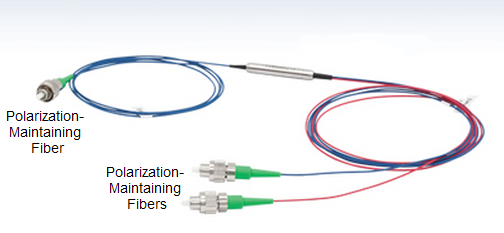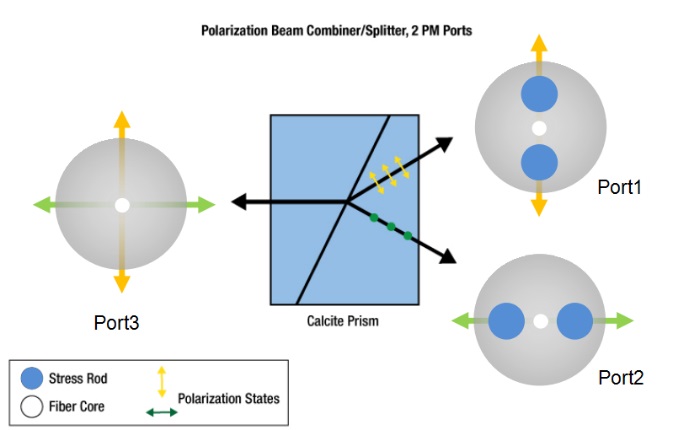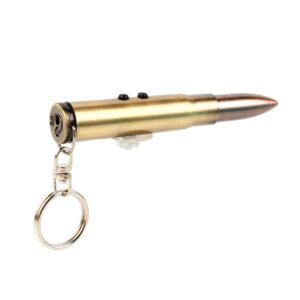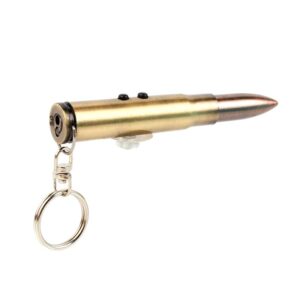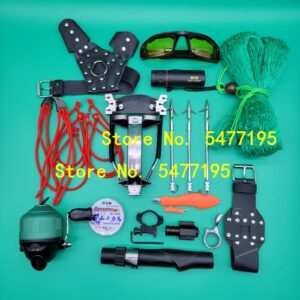Description
application
Polarization multiplexing, polarization demultiplexing
High power EDFA
Optical fiber sensor
characteristic
Combining or separating orthogonal polarized light in optical fiber system
High extinction ratio
Bidirectional characteristics: one single-mode port and two polarization maintaining ports
Optional FC / PC or FC / APC connector
A fiber-based polarization beam combiner (PBC) or polarization beam splitter (PBS) is used to couple two orthogonal polarization beams into a single fiber, or to couple the orthogonal polarized light contained in one fiber into the output of two fibers respectively. In this device, one side of calcite prism has two polarization maintaining (PM) fiber branches, and the other side is a single-mode (SM) fiber or polarization maintaining fiber (PM). In the two polarization maintaining fibers, the slow axis of the fiber is aligned with the maximum transmission direction of a polarization state.
PBC & PBS has one single-mode fiber branch and two polarization maintaining fiber branches, as shown in the figure below. If a non polarized signal is input into the single-mode fiber (port 3), the calcite prism will divide the beam into two orthogonal linearly polarized beams. The slow axis of each polarization maintaining fiber is consistent with the polarization direction of the polarized light emitted from the prism (Ports 1 and 2). PBC can also be used in reverse, coupling two orthogonal polarized beams from the branch input of polarization maintaining fiber to a single-mode output fiber, which is called PBS. The polarization direction of the beam incident on Ports 1 and 2 shall be aligned with the slow axis of the fiber. If the polarization direction of the beam incident from ports 1 and 2 is aligned with the fast axis of the optical fiber, the prism will refract it from different directions and will not emit from port 3 at last. Polarization beam combiner is often used to couple the beams from two pump lasers into a single fiber, so as to increase the input optical signal of EDFA or Raman amplifier.
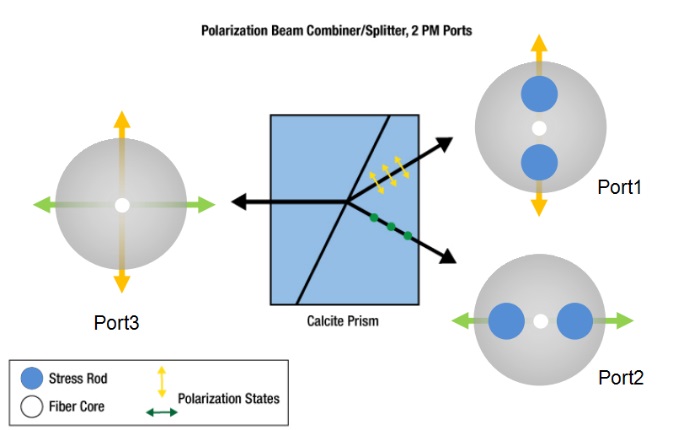
|
Parameters
|
Unit
|
Values
|
|
Grade
|
–
|
P
|
A
|
P
|
A
|
|
Center Wavelength
|
nm
|
1310,1550
|
1064,980
|
|
Operating Wavelength Range
|
nm
|
±40
|
±20
|
|
Typ. Insertion Loss at 23℃
|
dB
|
0.4
|
0.5
|
0.6
|
0.7
|
|
Max. Insertion Loss at 23℃
|
dB
|
0.6
|
0.7
|
0.8
|
0.9
|
|
Min. Extinction Ratio at 23℃
|
dB
|
22
|
20
|
22
|
20
|
|
Directivity
|
dB
|
50
|
|
Min. Return Loss
|
dB
|
50
|
|
Max. Optical Power(CW)
|
mW
|
300
|
|
Max. Tensile Load
|
N
|
5
|
|
Fiber Type
|
Port 1 & 2
|
–
|
PM Panda fiber
|
|
Port 3
|
SMF-28E, Hi1060 or PM Panda fiber
|
|
Operating temperature
|
°C
|
-5~+70
|
|
Storage temperature
|
°C
|
-40~+85
|
|
For device with connector, IL is 0.3dB higher, RL is 5dB lower, ER is 2dB lower.
|
|
The default connector key is aligned to slow axis.
|
|
PBC/S-1111-23456-777
|
|
1111
|
-Center Wavelength:
|
1550=1550nm,1310=1310nm,……,850=850nm
|
|
2
|
-Grade:
|
P=Perfect grade, A=A grade
|
|
3
|
-Fiber Type for Port 3:
|
1=SMF-28E, 2=Hi1060, 3=Slow axis aligned to Port1, 4=Slow axis 45°aligned to Port1
|
|
4
|
-Fiber Type for Port 1,2:
|
1=PM Panda fiber, 2=SMF-28E, 3=Hi1060, S=Specified
|
|
5
|
-Pigtail Type:
|
0=250μm bare fiber, 1=900μm loose tube
|
|
6
|
-Fiber Length:
|
0=0.8m,1=1m
|
|
777
|
-Connector Type:
|
0=FC/UPC,1=FC/APC,2=SC/UPC,3=SC/APC,4=LC/UPC,5=LC/APC
|


